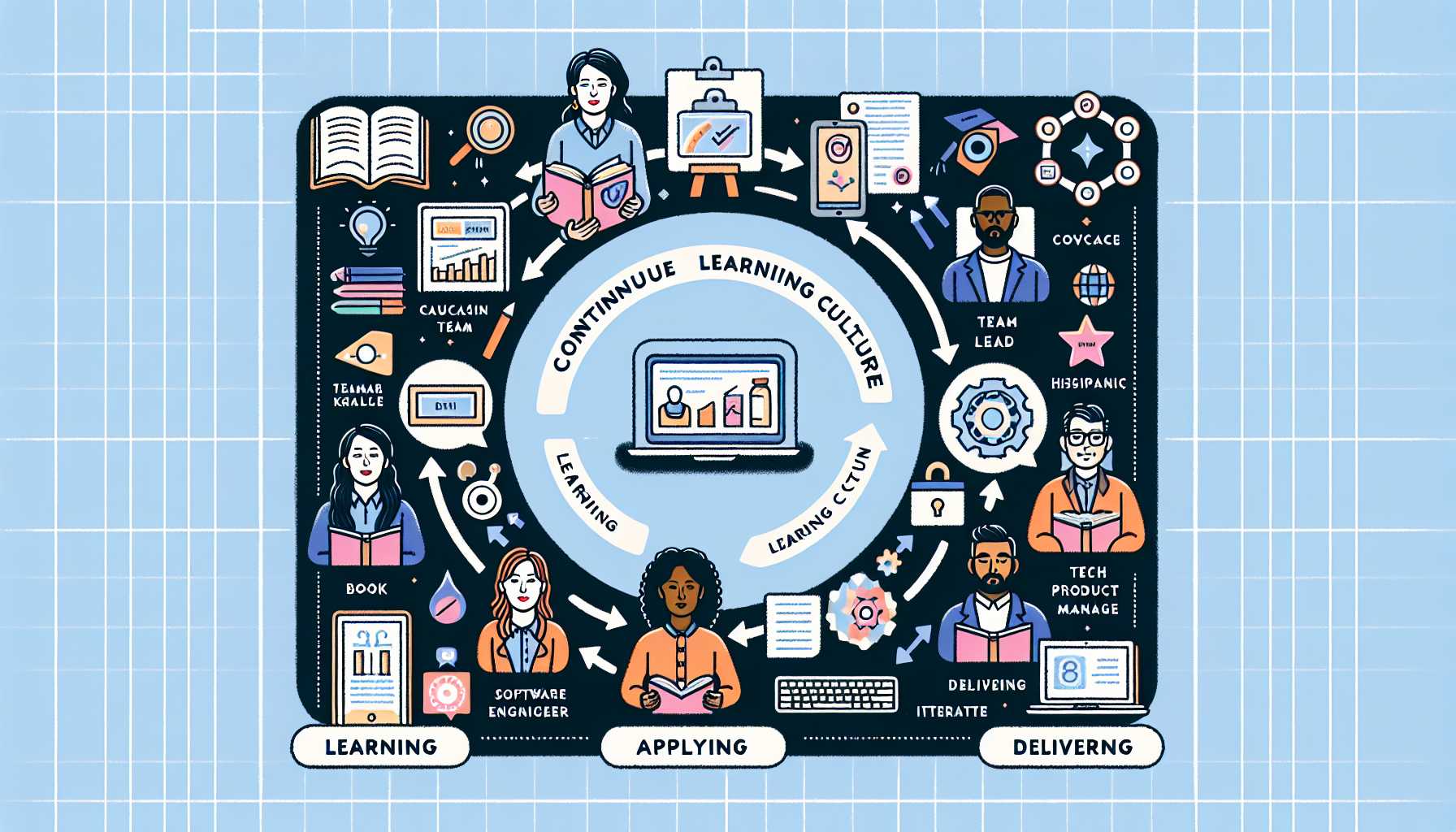Fostering a Culture of Continuous Learning in Product Management
Welcome seasoned product managers! In this post, I will dive into the strategies for fostering a culture of continuous learning and improvement, a topic vital for staying competitive and innovative in the ever-evolving landscape of product management.
A Perspectival Shift to a Learning Culture
Firstly, let’s recognize that learning isn’t serendipitous within a team; it must be a deliberate, systemic endeavor. In my journey, shifting perspectives towards learning as an integral part of satisfying work has had remarkable impacts on my teams. It’s not just about problem-solving – it’s about problem-finding and learning through those opportunities.
The Pillars of a Learning Culture
In cultivating such an environment, I’ve relied on three main pillars:
- Embracing Failure
- Promoting Curiosity
- Leveraging Mentorship
Embracing Failure
On one of my early product teams, the fear of failure was palpable, stifling creativity and risk-taking. By reframing failures as learning opportunities, we saw a fundamental shift in approach. I remember a project where we misjudged our market’s readiness for an advanced feature. While the feature did not hit the expected usage targets, our postmortem session generated some of the most significant insights which fueled our roadmap for the next quarter. This failure became a cornerstone for one of our biggest wins. Encourage your teams to share and celebrate “glorious failures” that provide valuable lessons. This can be formalized through structured retrospectives, candid team discussions, or even ‘failure fests.’
Promoting Curiosity
Curiosity is the engine of innovation. By instituting ‘Innovation Days’ where my team could explore any project irrespective of our roadmap, we opened a floodgate of ideas that later fed into our product strategy. For instance, a team member’s experimentation with AI led to an entirely new recommendation system that lifted our customer engagement by 15%. Remember, allowing curiosity-driven projects can lead to substantial long-term benefits.
Leveraging Mentorship
Mentorship has been another cornerstone for learning. Whether it’s peer-to-peer or senior-leads-junior mentoring relationships, creating connections where knowledge transfer can happen organically has proved instrumental. In one instance, pairing a junior product manager with a senior engineer not only broadened their technical understanding but influenced our product’s technical strategy immensely.
Learning Modalities
Remember, every individual learns differently, and so, I’ve integrated various learning methodologies:
- Workshops & Training Sessions
- Communities of Practice
- Knowledge Repositories & Documentation
Workshops and dedicated training sessions are a routine, designed to address identified skill gaps. For Communities of Practice, I initiated interest-based groups within the company, leading to cross-functional collaborations and knowledge sharing. Meanwhile, maintaining thorough documentation in a centralized knowledge repository has both bolstered our institutional memory and made onboarding new team members a breeze.
Metrics and Continuous Improvement
You cannot improve what you cannot measure. Institute metrics to gauge learning and improvement, be it through skills assessments, speed of issue resolution, or even customer feedback loops. A particular project that comes to mind is when we utilized customer satisfaction scores, not just as an end-goal metric but as a learning tool. Insights garnered from this led to a revised engagement strategy that saw a 30% improvement in customer retention.
In Conclusion
Crafting a culture of continuous learning is not quick or easy, but it’s an investment with immense returns. It’s worth noting, even the best strategies need revisiting and adjusting as the dynamics of your team change. Seasons change, and so must our approaches to fostering learning cultures – adaptability is key.
Implementing these strategies has not only accelerated my teams’ growth but also significantly contributed to our products’ success. As the product landscape continues to shift beneath our feet, ensuring our teams are learning faster than the world is changing is the only way to maintain our leading edge.

